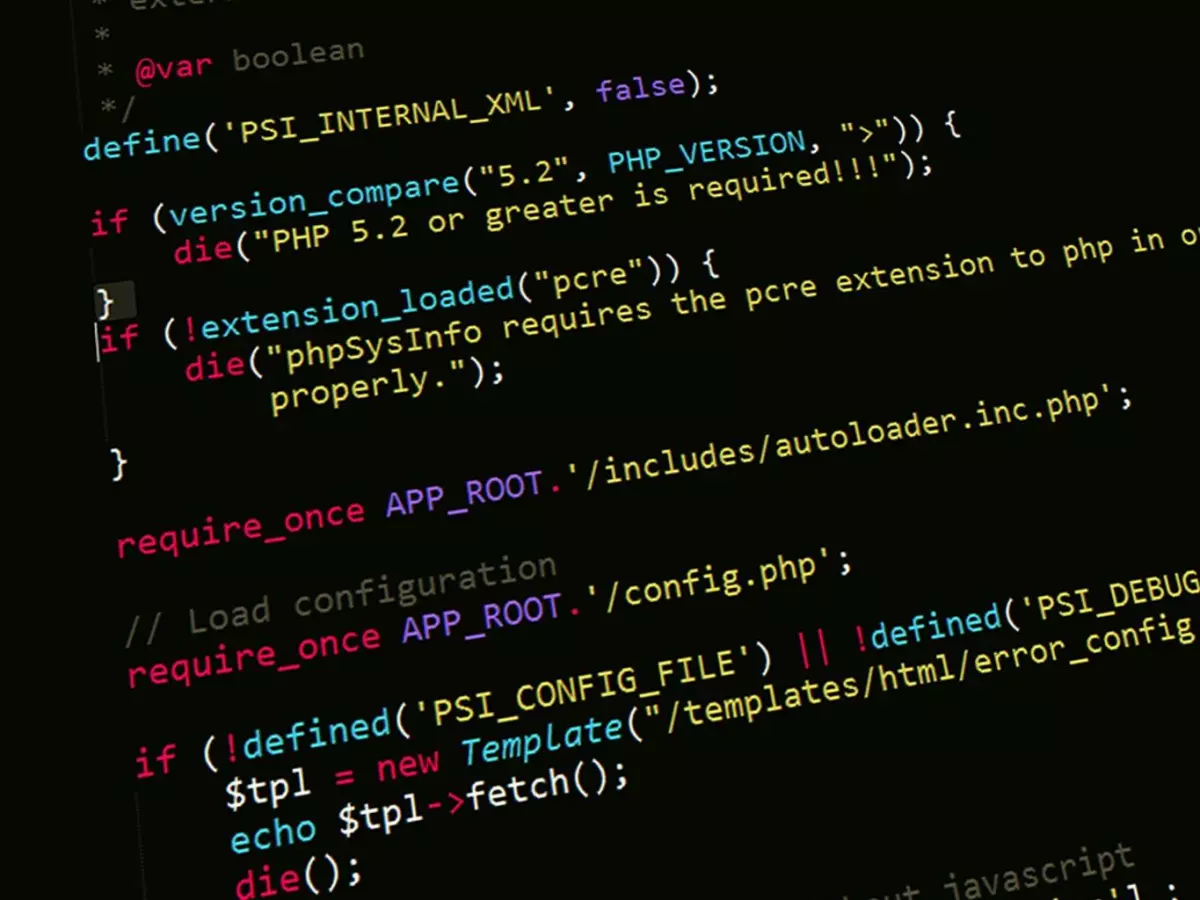Configuration Mastery
Software development is like a game of chess—every move matters. But what if you could keep track of every move, every piece, and every strategy? That’s where Software Configuration Management (SCM) comes in. It’s the unsung hero of the development world, quietly ensuring that your code doesn’t spiral into chaos. But how does it compare to other development practices like version control or continuous integration? While those are essential, SCM offers a broader, more holistic approach to managing the entire software lifecycle.

By Mia Johnson
Let’s face it—software development can get messy. Between multiple developers, countless code changes, and ever-evolving requirements, it’s easy for things to slip through the cracks. That’s where Software Configuration Management (SCM) steps in, offering a structured way to manage changes, track versions, and ensure consistency across the board. But what exactly makes SCM so crucial, and how does it differ from other practices like version control? Well, while version control focuses on tracking changes in the codebase, SCM takes a more comprehensive approach, managing everything from code to documentation and even hardware configurations.
So, why should you care about mastering SCM? Let’s dive into the seven key benefits that could transform your development process.
1. Improved Collaboration
In a world where remote work is becoming the norm, collaboration is more important than ever. SCM tools like Git, Subversion, or Mercurial allow multiple developers to work on the same project without stepping on each other’s toes. By tracking changes and managing conflicts, SCM ensures that everyone is on the same page—literally. No more overwriting someone else’s work or losing track of who did what. It’s like having a project manager built into your codebase.
2. Enhanced Traceability
Ever had a bug pop up and no one knows who introduced it or when? SCM solves that problem by providing a detailed history of every change made to the software. From code to configuration files, everything is tracked. This traceability not only helps in debugging but also in auditing and compliance, making it easier to meet industry standards and regulations.
3. Streamlined Deployment
Deploying software can be a nightmare, especially when different environments (development, testing, production) have different configurations. SCM helps streamline this process by ensuring that the correct versions of software and configurations are deployed to the right environments. This reduces the risk of deploying the wrong version or configuration, which can lead to downtime or, worse, security vulnerabilities.
4. Better Risk Management
Let’s be real—software development is risky. There’s always the chance that a new feature will break something or that a bug fix will introduce new issues. SCM helps mitigate these risks by allowing you to roll back to previous versions if something goes wrong. It’s like having a safety net for your code. Plus, by managing configurations, you can ensure that changes are properly tested before they’re deployed, reducing the likelihood of unexpected issues in production.
5. Increased Efficiency
Time is money, and SCM helps you save both. By automating tasks like version control, build management, and deployment, SCM frees up developers to focus on what they do best—writing code. No more manual tracking of changes or worrying about whether the latest version is being used. SCM takes care of the grunt work, allowing your team to work more efficiently.
6. Consistency Across Environments
One of the biggest challenges in software development is ensuring that software behaves the same way in different environments. What works in development might not work in production, and that’s where SCM comes in. By managing configurations across environments, SCM ensures that software behaves consistently, reducing the risk of environment-specific bugs.
7. Facilitation of Continuous Integration and Delivery (CI/CD)
If you’re already using continuous integration and delivery (CI/CD), SCM is your best friend. By managing configurations and versions, SCM ensures that the right code is integrated and deployed at the right time. This not only speeds up the development process but also reduces the risk of errors, making your CI/CD pipeline more reliable and efficient.
So, there you have it—seven reasons why mastering Software Configuration Management is a game-changer for your development process. From improving collaboration to reducing risks, SCM offers a comprehensive solution to the challenges of modern software development.
As software development continues to evolve, the importance of SCM will only grow. With the rise of DevOps, microservices, and cloud-native architectures, managing configurations and versions will become even more critical. So, if you haven’t already, now’s the time to master SCM and future-proof your development process.





